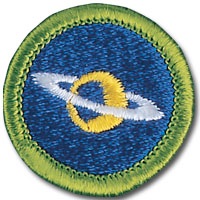Eclipse 2024






Astronomy Merit Badge Supplementals
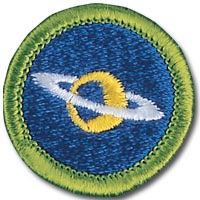
(created Tue., Aug. 22, 2017)
This is an extension of
the Astronomy Merit Badge page.

This page seeks to share eclipse basics, interesting facts about the next eclipse in the U.S.A., and to also share links some great materials, primarily those of GreatAmericanEclipse.com.
The information comes primarily from Bob Berman, Wikipedia, and GreatAmericanEclipse.com.

The next total solar eclipse will happen in 2019, in South America:
https://www.timeanddate.com/eclipse/list.html
The next total solar eclipse in the US will be in 2024, and its path will cross some of the same locations in southern Missouri and southern Illinois as the Great American Eclipse of 2017:
“Total solar eclipse of [Monday] April 8, 2024 over Mexico, the United States, and Canada
The next total solar eclipse in the Americas comes on April 8, 2024. Totality first touches Mexico, enters the United States at Texas, cuts a diagonal to Maine, and visits the maritime provinces of Canada.”
For a map of southern Missouri and southern Illinois, please see:
https://www.greatamericaneclipse.com/april-8-2024/
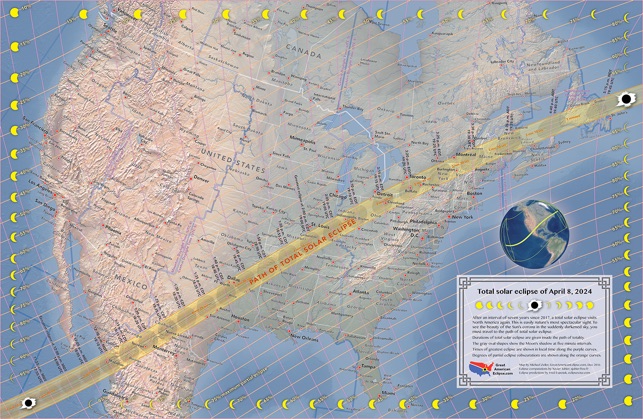
-
-Credit: 'Michael Zeiler, www.GreatAmericanEclipse.com'
While the maximum duration of totality for the 2017 total solar eclipse was 2:40 / two minutes and forty seconds, the maximum duration of totality in 2024 will be over four minutes.
- source: https://en.wikipedia.org/wiki/Solar_eclipse_of_April_8,_2024
“This eclipse will be the first total solar eclipse to be visible in Mexico since the solar eclipse of July 11, 1991.[2]
The path of this eclipse will cross the path of the prior total solar eclipse of August 21, 2017, with the intersection of the two paths being in southern Illinois, in Makanda, just south of Carbondale. An area of about 9,000 square miles, including the cities of Carbondale; Cape Girardeau, Missouri; and Paducah, Kentucky, will thus experience two total solar eclipses within a span of seven years.”

More coming, soon...



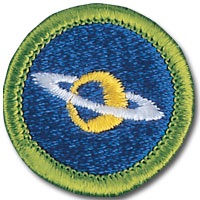
These are all of the links to the Astronomy Merit Badge pages:
Astronomy Merit Badge - Extra “Fun Facts”
Astronomy - Great American Eclipse
Astronomy - Great American Eclipse 2017

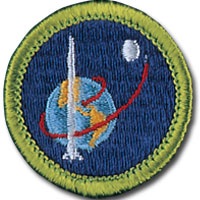
These are all of the links to the Space Exploration Merit Badge pages:
New Horizons - Mission Overview
New Horizons - Pluto Resources


The images from Mr. Berman’s “Secrets of the Night Sky...” and Outdoor Photographer were scanned directly from the book using the Halo Scanner Mouse - http://shop.halo2cloud.com/collections/computer-and-backup/products/scanner-mouse, which I received as a Christmas present from my mother in 2013.



Regardless your desire to pursue an astronomical career, it is hoped that you learned enough about astronomy through this merit badge to at least be interested to continuously look up at the sky in awe and wonder. If you pursue with enthusiastic interest, that’s great. If you do make a career in the field, GREAT.
May you be better off having completed your Astronomy Merit Badge than you were before you started.
